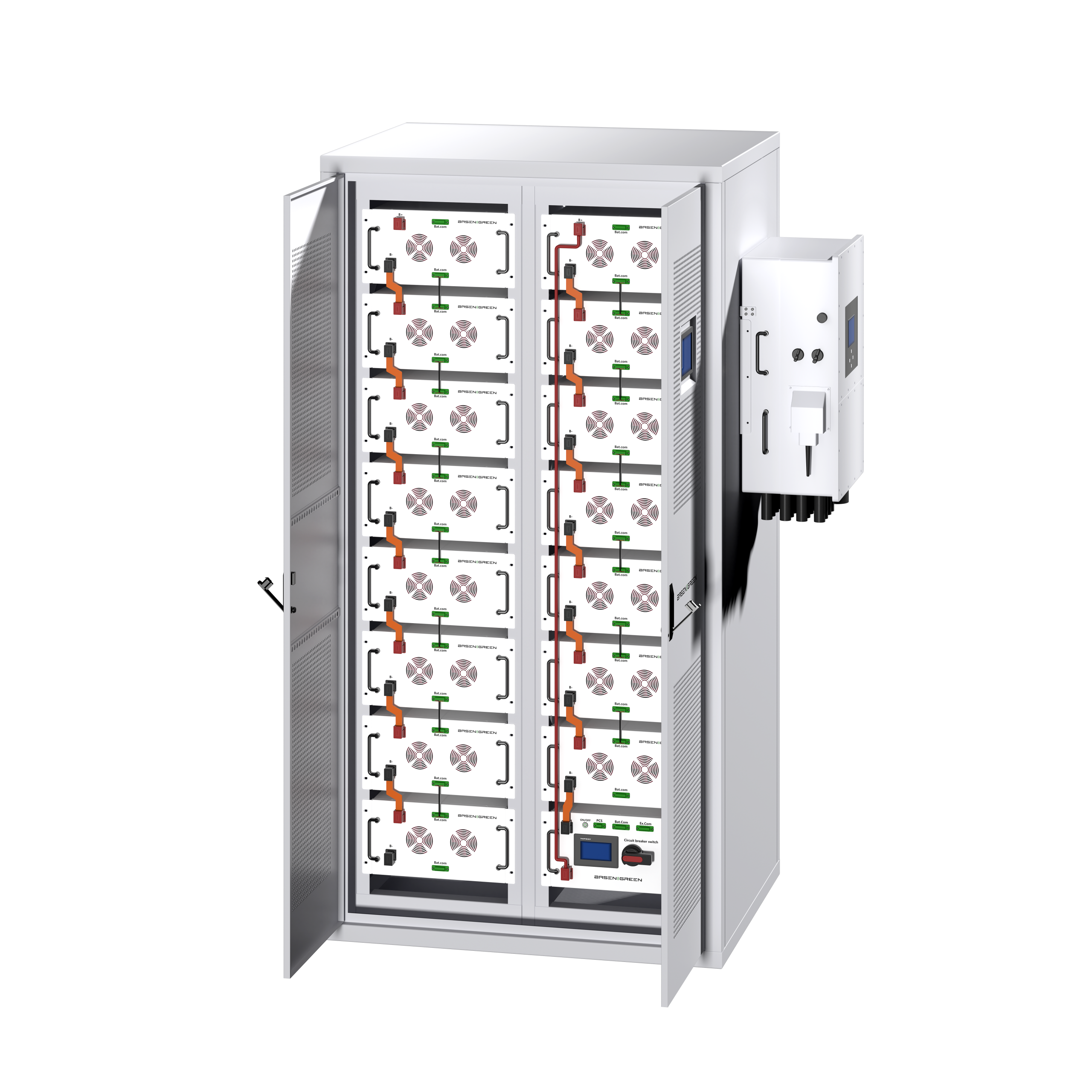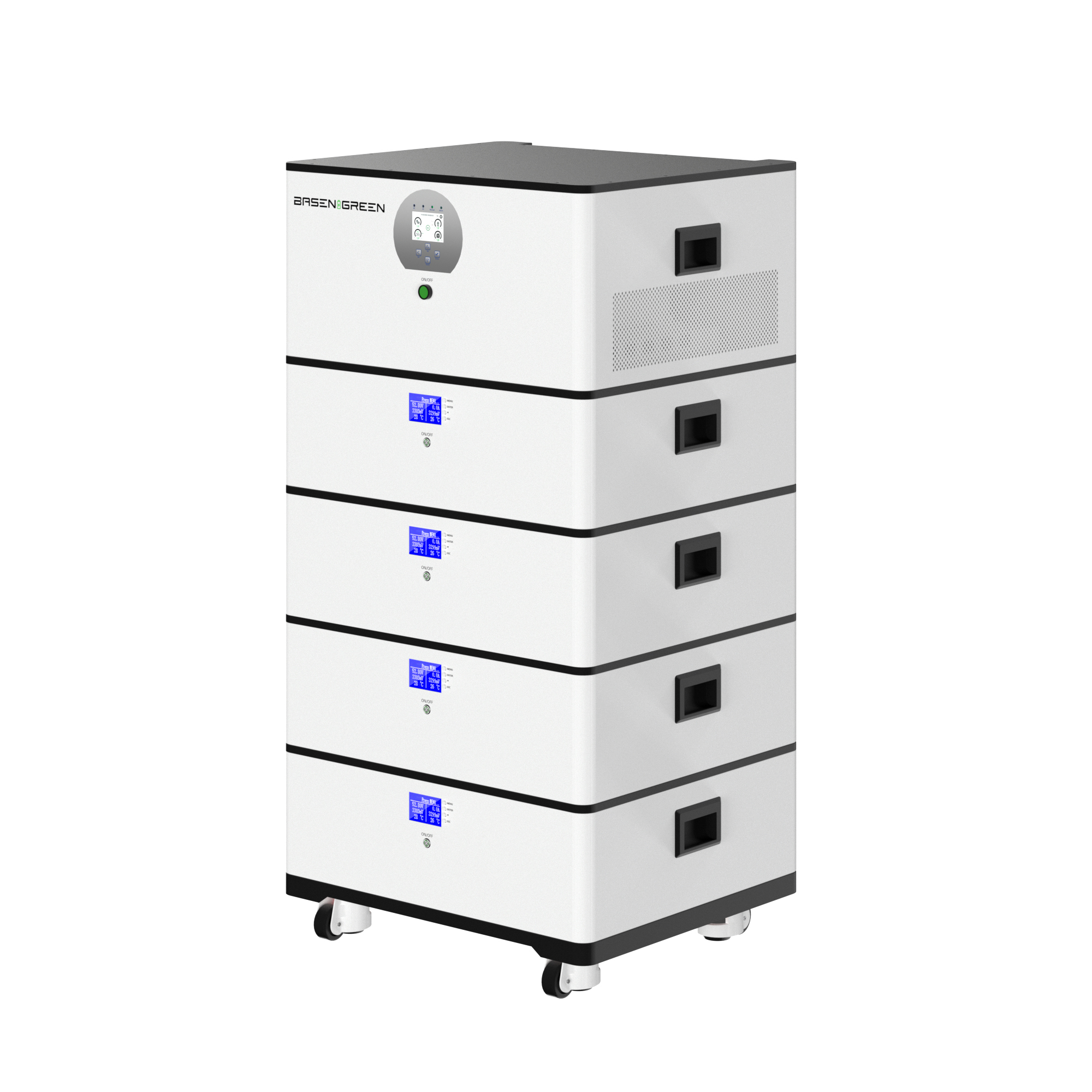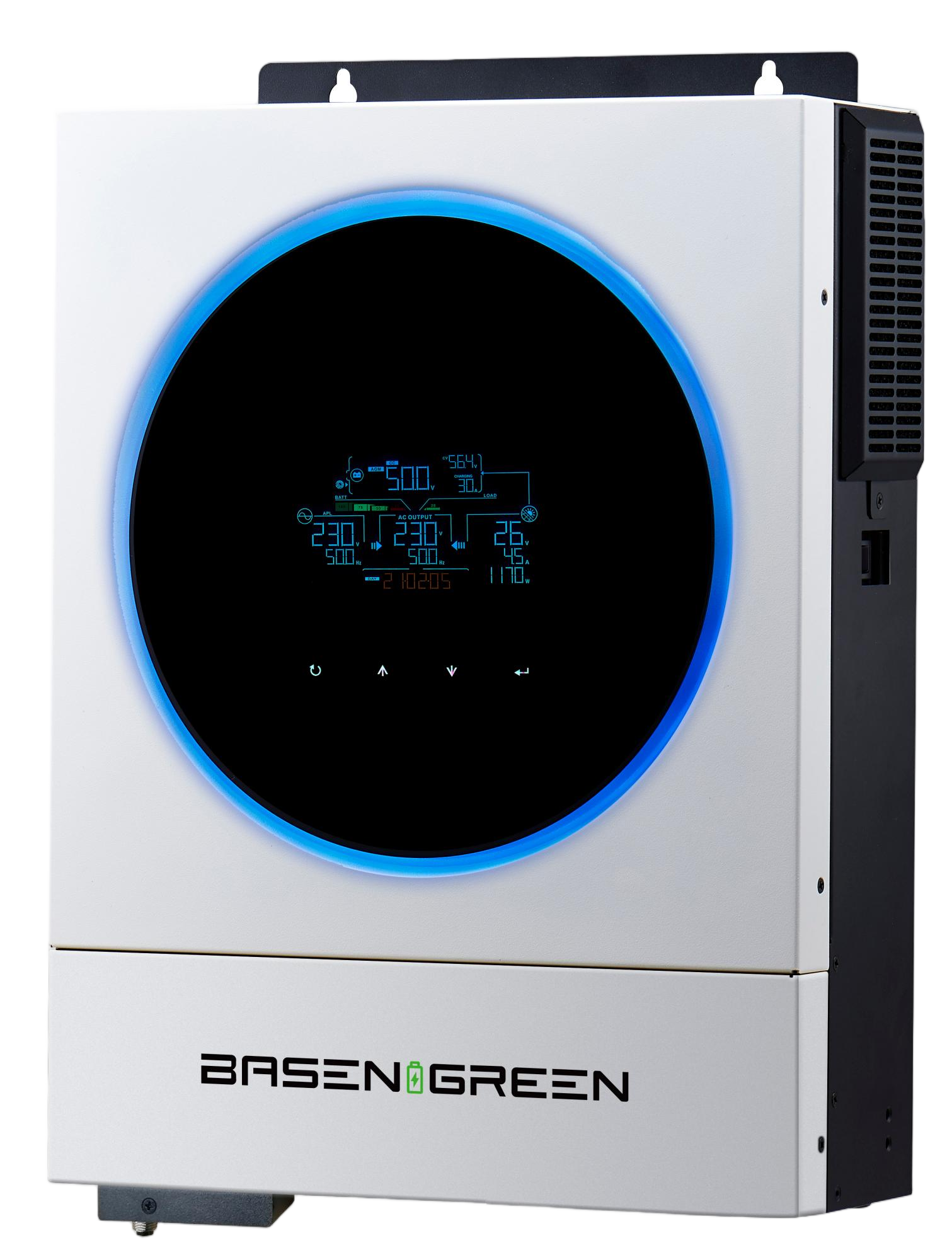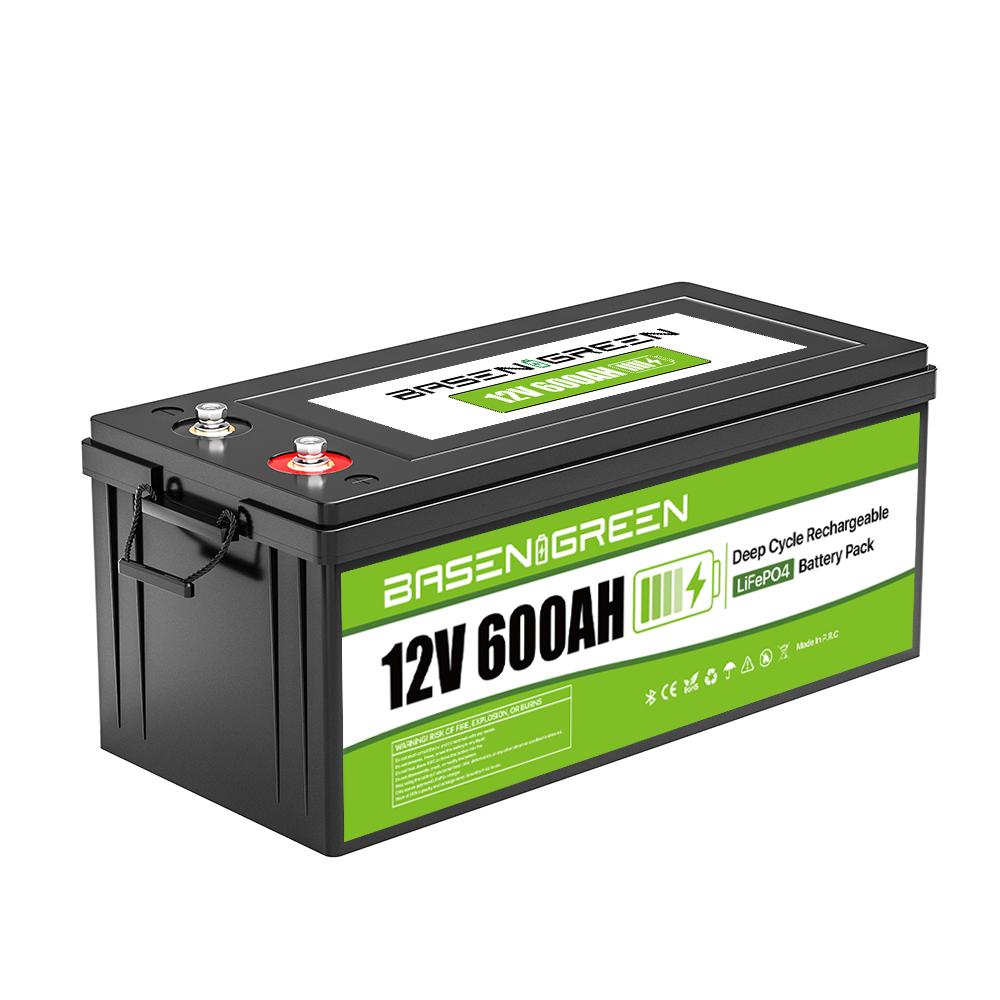Scalable Battery Storage: Combining 100kWh to 215kWh Racks
In the realm of renewable energy and sustainable technologies, battery storage systems have emerged as a cornerstone for ensuring energy reliability and efficiency. Among these systems, scalable battery storage solutions are revolutionizing the way we manage and distribute energy. This article delves into the concept of combining battery racks ranging from 100kWh to 215kWh, exploring their significance, benefits, and potential applications in modern energy systems.
The Evolution of Battery Storage
Battery storage technology has come a long way, transitioning from traditional lead-acid batteries to advanced lithium-ion (Li-ion) and other cutting-edge chemistries. The shift toward renewable energy sources like solar and wind has amplified the need for efficient energy storage solutions. Unlike fossil fuel-based power generation, renewable energy sources are intermittent, making battery storage essential for balancing supply and demand.
Scalable Battery Storage: A Game-Changer
Scalable battery storage systems allow for modular expansions, enabling users to add more battery racks as energy needs grow. This flexibility is particularly valuable for businesses, utilities, and even residential users looking to adopt renewable energy without overinvesting upfront. By combining multiple battery racks, users can create a storage system that matches their specific energy requirements, whether it’s for backup power, peak shaving, or fully off-grid operations.
The 100kWh to 215kWh Rack Range
The range of 100kWh to 215kWh battery racks offers a versatile solution for various applications. Here’s a breakdown of what these numbers mean and how they cater to different energy needs:
100kWh Racks: Ideal for smaller-scale applications, such as residential solar storage or small commercial facilities. These racks provide a compact yet powerful solution for users looking to store excess energy generated during off-peak hours for use during peak demand.
215kWh Racks: Suitable for larger-scale applications, including utility-scale storage, industrial facilities, or even community energy storage systems. These racks are designed to handle higher energy demands and provide longer discharge times, making them perfect for scenarios where continuous power supply is critical.
Benefits of Combining Battery Racks
Combining multiple battery racks offers several advantages:
Scalability: As energy needs grow, additional racks can be added to the system without disrupting existing operations. This modular approach ensures that the storage system remains efficient and cost-effective over time.
Flexibility: Different applications may require varying energy capacities. By combining racks with different capacities, users can create a customized storage solution that meets their specific needs.
Redundancy and Reliability: Using multiple racks increases system redundancy, ensuring that energy storage remains available even if one rack experiences issues. This is particularly important for critical applications where downtime is not an option.
Cost Efficiency: Purchasing multiple smaller racks may be more affordable than a single large rack, especially for users who anticipate gradual increases in energy demand. This approach also allows for phased investments, reducing financial strain.
Applications of Scalable Battery Storage
Scalable battery storage systems are being deployed across a wide range of applications, including:
Renewable Energy Integration: By storing excess energy generated by solar or wind systems, scalable battery storage helps balance grid stability and ensures a continuous power supply.
Peak Load Shifting: Utilities can use these systems to store energy during off-peak hours and discharge it during peak demand periods, reducing the need for expensive peaker plants.
Backup Power: Businesses and critical infrastructure can rely on scalable battery storage for backup power during outages, ensuring uninterrupted operations.
Electric Vehicle (EV) Charging: As EV adoption grows, scalable storage systems can be used to support high-power charging stations, ensuring reliable energy supply during peak charging times.
The Future of Scalable Battery Storage
The future of scalable battery storage looks promising, with advancements in battery technology, energy management systems, and energy storage materials driving innovation. As the world continues to shift toward renewable energy, the demand for flexible, scalable storage solutions will only increase. Emerging technologies, such as solid-state batteries, flow batteries, and advanced battery management systems, are expected to further enhance the performance, safety, and cost-effectiveness of these systems.
Combining battery racks ranging from 100kWh to 215kWh offers a scalable, flexible, and cost-effective solution for a wide range of energy storage needs. As the global energy landscape continues to evolve, scalable battery storage systems will play a pivotal role in ensuring a reliable, sustainable, and efficient energy future. By adopting these solutions, individuals, businesses, and utilities can take a proactive approach to managing their energy needs while contributing to a greener planet.






